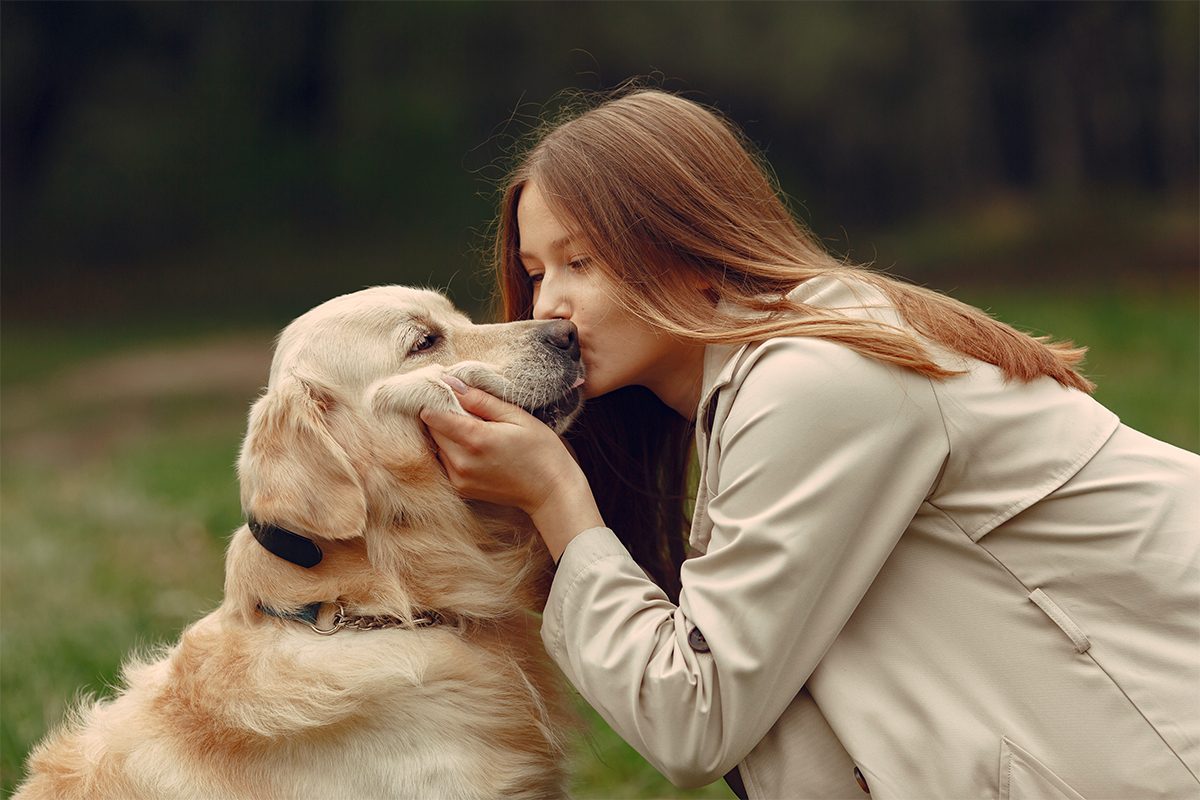Free delivery for orders over £45
Inside the Minds of Pets: Decoding the Emotions of Your Cat and Dog

“Pets are humanizing. They remind us we have an obligation and responsibility to preserve, nurture and care for all life.” – James Cromwell
The emotional complexity of pets is something that often goes unnoticed.
Yet, understanding the emotions of our cats and dogs is crucial for fostering a deeper bond and ensuring their well-being.
This article delves into the intricate world of pet emotions, providing valuable insights that will help pet owners decode their furry friends’ feelings.
1: The Science of Pet Emotions
Understanding pet emotions begins with the science behind them.
Both cats and dogs have complex emotional lives influenced by their biology and psychology.
According to research, pets experience emotions much like humans do, thanks to similar brain structures and neurochemicals.
Studies have shown that the limbic system, responsible for emotions, is present in both humans and animals.
Neurotransmitters like serotonin and dopamine, which play a significant role in mood regulation, are also found in our pets.
Experts like Dr. Marc Bekoff, a renowned animal behaviorist, suggest that animals experience a range of emotions, from joy and excitement to fear and sadness.
Pets communicate their emotions through various behaviors and body language.
Understanding these signals can help pet owners respond appropriately and build a stronger bond with their furry companions.
2: Understanding Cat Emotions
Cats, with their mysterious and independent nature, have unique ways of expressing their emotions.
Here are some common signs of cat emotions:
Purring: Often associated with contentment, purring can also indicate pain or distress in some cases. It’s essential to observe the context in which your cat is purring to understand their true feelings.
Meowing: Cats meow to communicate with their owners. Different types of meows can signify various emotions, from hunger and discomfort to affection and greeting.
Body Language: A cat’s body language is a vital indicator of their emotional state. A relaxed cat will have a loose, comfortable posture, while a stressed cat might crouch, with their tail tucked under their body. Slow blinking is a sign of trust and affection.
Sophie, a rescued tabby cat.
Sophie often purrs loudly when curled up in her owner’s lap
At first, her owner thought it was just contentment, but over time, they noticed Sophie purrs more when she’s feeling anxious or unwell.
This understanding helped Sophie’s owner provide better care and comfort during those moments.
3: Decoding Dog Emotions
Dogs are known for their expressive nature and loyalty.
Here are some ways dogs show their emotions:
Tail Wagging: Contrary to popular belief, tail wagging doesn’t always mean happiness. The position and speed of the wag can indicate different emotions. A high, fast wag often signifies excitement, while a slow, low wag can indicate insecurity or fear.
Barking: Dogs use barking to communicate a wide range of emotions. Short, sharp barks might indicate alertness or excitement, while prolonged barking could signal boredom or anxiety.
Facial Expressions: Dogs’ facial expressions can convey emotions clearly. A relaxed dog will have a soft expression, with ears and mouth in a neutral position. A stressed dog might show a wrinkled forehead, pulled-back ears, and a tense mouth.
Max, a golden retriever.
Max’s owner noticed that his tail wagging changed depending on the situation.
When excited to see his family, his tail would wag vigorously.
However, during thunderstorms, his tail would wag slowly, accompanied by low whining.
Understanding these nuances helped Max’s owner comfort him better during stressful situations.
4: Benefits of Understanding Pet Emotions
Recognizing and understanding pet emotions can have numerous benefits for both pets and their owners:
- Stronger Bonds: Understanding your pet’s emotions fosters trust and strengthens the bond between you and your pet.
- Improved Mental Health: Pets provide emotional support and companionship, which can reduce stress, anxiety, and depression in their owners.
- Better Care: Knowing when your pet is stressed or unwell allows you to address their needs promptly and effectively.
- Enhanced Training: Understanding your pet’s emotional state can improve training outcomes, making the process more positive and effective.
5: Practical Tips for Decoding Pet Emotions
Here are some practical tips to help you decode and respond to your pet’s emotions:
Spend Quality Time: Regular interaction with your pet helps you understand their personality and emotional cues better. Engage in activities they enjoy, such as playing, walking, or simply sitting together.
Observe Body Language: Pay close attention to your pet’s body language. Note their posture, ear position, tail movement, and facial expressions to gauge their emotional state.
Positive Reinforcement Training: Use positive reinforcement techniques to encourage desired behaviors and build trust. Reward your pet with treats, praise, and affection when they display positive behaviors.
Create a Safe Environment: Ensure your pet feels safe and secure in their environment. Provide them with a comfortable space, regular meals, and plenty of affection.
Consistency: Maintain a consistent routine to help your pet feel secure. Pets thrive on routine and predictability, which can reduce anxiety and stress.
Common Misinterpretations and How to Avoid Them
Misinterpreting pet emotions is common but can lead to misunderstandings and stress for both pets and owners. Here are some common misinterpretations and how to avoid them:
Tail Wagging in Dogs: As mentioned earlier, not all tail wagging indicates happiness. Pay attention to the position and speed of the wag, as well as the overall body language.
Purring in Cats: Purring isn’t always a sign of contentment. Observe the context and other body language cues to understand if your cat is feeling anxious or in pain.
Barking in Dogs: Different types of barks can signify various emotions. Learn to distinguish between barks of excitement, alertness, and anxiety.
Avoid Anthropomorphism: Avoid attributing human emotions and motives to your pets. While pets have emotions, they express them differently than humans.
Consult Experts: If you’re unsure about your pet’s behavior or emotional state, consult a veterinarian or animal behaviorist. They can provide professional insights and advice.
Conclusion
Understanding the emotions of your pets is essential for building a strong, trusting relationship.
By decoding their emotions, you can provide better care, improve their well-being, and enhance the bond you share.
Take the time to observe and understand your pet’s unique ways of expressing emotions.
Your efforts will be rewarded with a deeper connection and a happier, healthier pet.
Remember, pets communicate their love and trust through their emotions, and it’s up to us to listen and respond with empathy and care.
If you have any stories or experiences with decoding your pet’s emotions, please share them in the comments.
Your insights can help others better understand and connect with their furry companions.
Contact Us
- +44 07391626201
- info@promotepet.com
- 16, Cromwell Close - Oxford - UK
COPYRIGHT © PROMOTE PET. ALL RIGHTS RESERVED. © 2024 Chofard Enterprise Ltd. Chofard Enterprise is a company registered in England and Wales with a company number 13073779 VAT number GB 370644889. 16, Cromwell Close, Oxford OX30RW, United Kingdom – trading as Promote Pet Online Shop.








